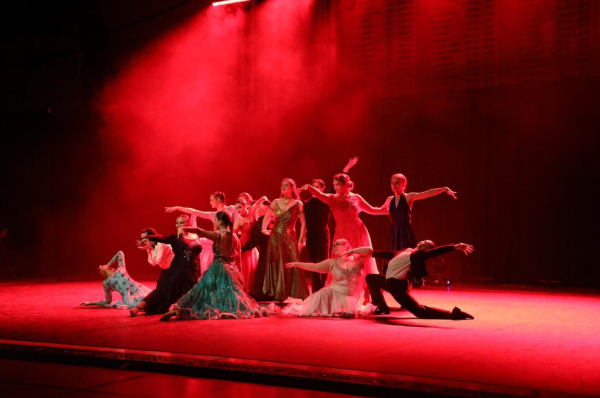A true history of piracy
The history book “Villains of All Nations: Atlantic Pirates in the Golden Age” by Marcus Rediker deals with the Golden Age of piracy in early colonial New England as well as the Caribbean. Rediker is a leading authority in the historiography of pirates, making him more than qualified to write a book on pirates. The novel also includes maps as well as pictures of notable pirates and executions.
The theme and thesis of the book examine how pirates truly were villains of all nations and focus on the lives pirates created aboard their ships. Rediker writes about the crew of one pirate, Black Sam Bellamy, and how it included a group of different nationalities such as British, French, Dutch, Spanish, Swedish, Native American, African American and African people. The diversity displayed provided the framework for the term “villains of all nations.” Rediker works off that and resurfaces that pirates being villains of all nations is not a new idea, but one that has been lost in history. This is a key point, as it makes you aware that pirates were not just one nationality but consisted of people from several ethnic and racial backgrounds who sought to create new lives together on a ship.
Rediker does a brilliant job explaining how these pirates, who were considered villains of all nations by colonial officials, created a new life or nation for themselves aboard the pirate ship. They created their own rules and laws with collective authority so that every pirate had a say. The pirates had democracy on their ships and essentially created floating democratic societies.
The best part about this book is the readability. At only 176 pages, it is a very short read. However, Rediker uses concise language to get the most amount of information across to the reader. He slices through the immense amount of information available on pirates to give the reader a snapshot of what pirate life was like, both on land and aboard a ship.
The pirates were not a disorganized rabble, with nothing more in common than a lust for gold. They were a community of outlaws, who, cast out of their own nations, created a new nation under the Jolly Roger.
This is a must-read for anyone interested in Atlantic history, pirates or sailing history. It is a bottom-up history that differs from the usual scholarships on pirates, preferring to look at piracy from the pirates’ point of view instead of the top-down approach, which would look at pirates from the officials’ of the Atlantic world’s point of view. Undergraduate or graduate students will find this book to be an incisive take on piracy.





